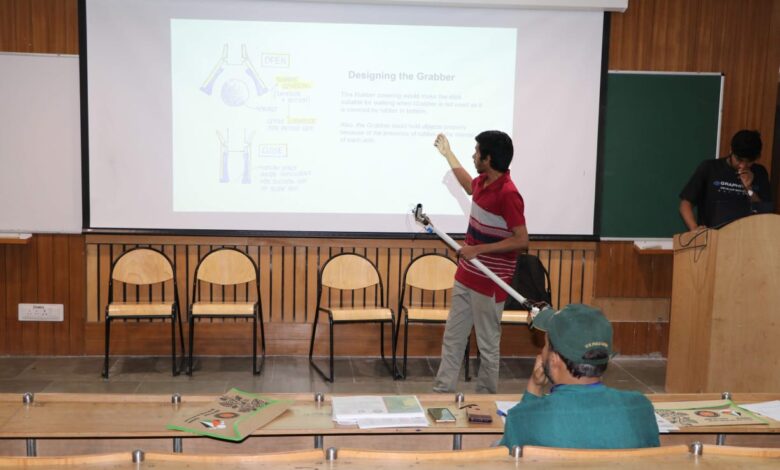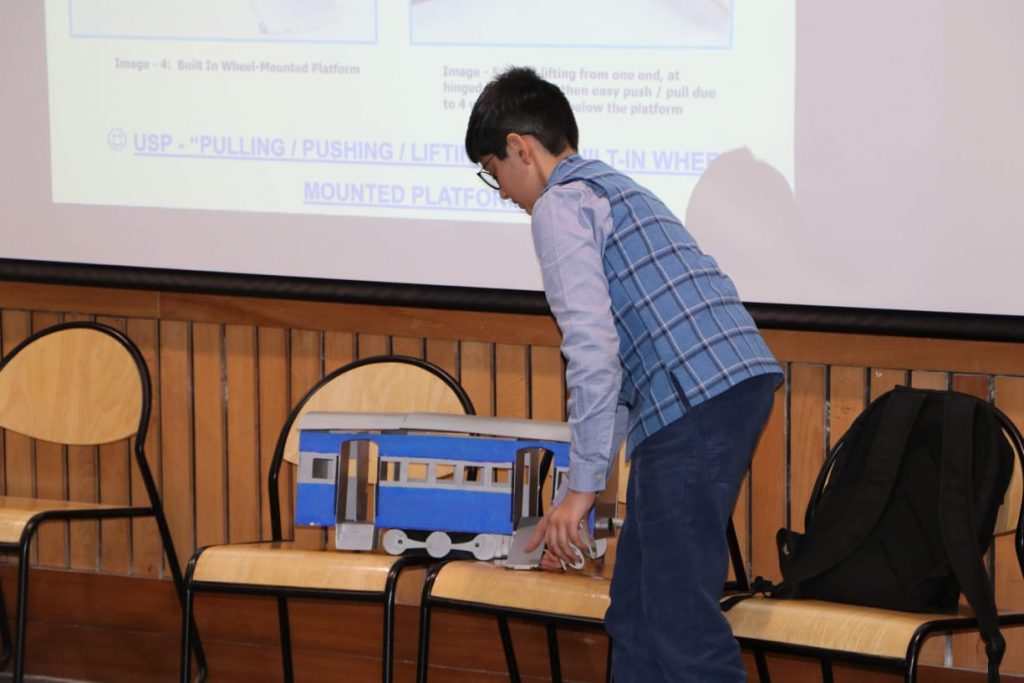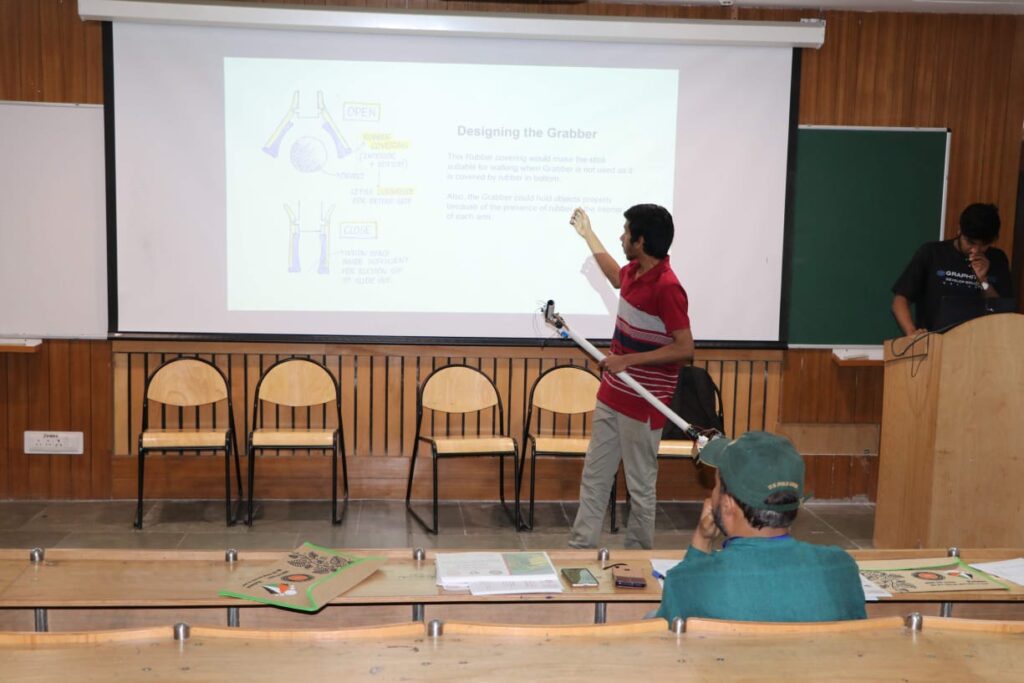Kaizen 2020: Social Innovation Challenge held at IIT Delhi’s social fest to present solutions to problems faced by elderly

Kaizen, the annual social festival of NSS IIT Delhi is a platform to recognize the continuous improvements in our society initiated and accelerated by the combined efforts of all socially motivated student bodies and NGOs across India and abroad.
The Social Innovation Challenge, held during IIT Delhi’s social fest Kaizen’20 was focused on ideating solutions to tackle the issues of social isolation faced by elderly and having innovative solutions to increase accessibility to perform day to day activities at public places.

A number of innovative solutions came up during the challenge. A team presented a smart stick – ‘Sahayak’, equipped with a gripping and grabbing mechanism to prevent slipping with additional features of object reminder and SOS buttons.
The app based solutions were also proposed and were aimed at connecting elderly to non-elderly volunteers to help them physical and social needs, Healthcare and connecting them with NGOs. Curiosity based status updates and voice notification add to the personal touch of the technological solutions.
One of the groups consisting of a class 6th Student, Ritwik, focused on inconvenience caused during boarding the train, especially at low height platforms. A simple solution to this was proposed using a model of foldable flaps with steps underneath or using a wheel mounted platform.

“The Social Innovation Challenge – we thought of this as a platform to see how the youth responds to specific challenges involving the society. People from several colleges, and even a student of class 6th, participating and presenting unique solutions to this problem. Targeting the youth is a key step in tackling this problem as they can get involved with the elderly,” said Prof Samrat Mukhopadhyay, NSS, IIT Delhi Coordinator.
A number of policy based solutions were also proposed for tackling the social isolation that emphasized on communicating with the elderly, reducing the technological gap and use of television and newspaper, that elderly stick to during their leisure time.
Tax benefits, emergency visit support, parent care leave and financial share in children’s property were some policy changes proposed.




